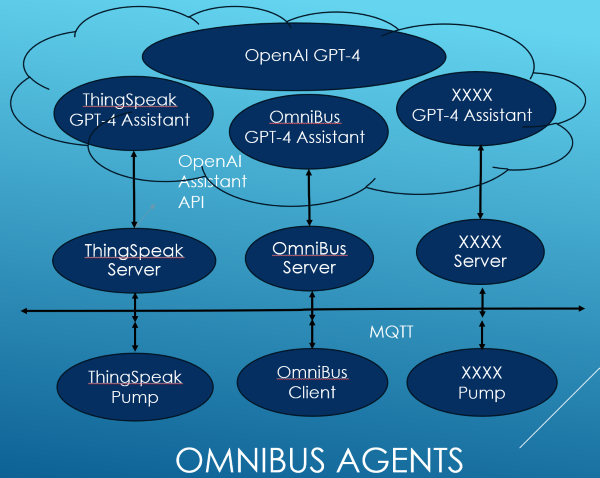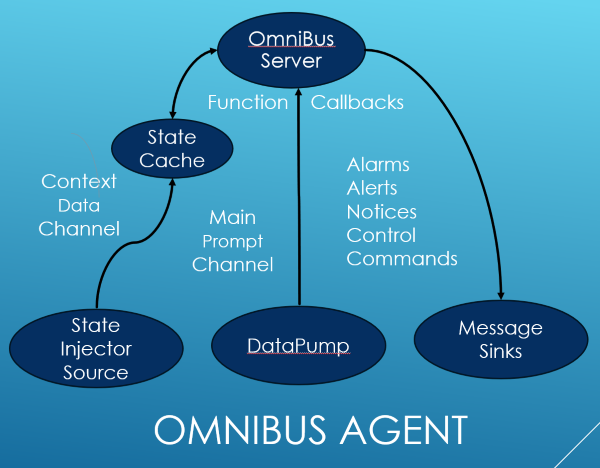AI integration into operational business systems is now faster and easier with the OpenAI ChatGPT application programming interface (API) and its capabilities for code generation, function calling and document retrieval.
A primary benefit of AI integration is to give domain experts an advanced tool for assisting in the management of day-to-day business planning and operations. This is particularly important in dynamic industries where changing conditions must continuously be managed through analysis of time-series data for forecasting, anomaly detection, and trend analysis.
Domain experts that understand complex business interactions are key to running a successful enterprise. Technology has been giving domain experts better tools ever since spreadsheets became available on personal computers and AI integration is the next step toward amplifying an expert's impact on the business.
https://upperbay.com/v1/blogs/beachblogs/the-personal-advisory-sidekick
Industrial systems are often generic in nature and not adapted to the specific needs of a business due to the cost and time required to customize a solution. Well-designed AI integration allows an expert to "code" the function of a system using everyday language, not a computer language. This enables an expert to easily and cost-effectively steer the system's behavior as business needs change.
An operational system typically monitors and controls a process that is discreet, batch or continuous. A distributed control or SCADA system handles the low-level regulatory control and logic functions while supervisory systems integrate and control areas of the process and handle multi-variable control strategies. AI integration can be applied broadly within this system structure but leveraging AI's ability to interpret and predict using business-wide time-series data to provide advisory insights and guidance represents low hanging fruit. As AI matures and becomes stable and reliable, other more mission-critical application areas will become viable.
Omnibus agents represent one approach to AI integration using OpenAI's ChatGPT.
https://upperbay.com/v1/blogs/beachblogs/openai-agent-toolkit


AI integration in this scenario consists of feeding the AI with prompts that contain relevant business data along with instructions for how to analyze and reason with that data. This is the main prompt channel and can be fed manually when desired or periodically under program control by a data pump. The appended data can be in CSV (comma-separated-values) or JSON (Javascript Object Notation). During reasoning, the AI may need contextual data about the business or process. This context data can consist of both static and dynamic data. Static data is in the form of written documents containing relevant business specific information and dynamic data consisting of frequently updated data. Dynamic data is fed through the context data channel and stored in a cache while documents are uploaded when the agent is created. An example of a dynamic manufacturing process data feed would be AI integration with OPCUA.
The AI communicates with the operational system through messaging. Messages can be sent on a functional or location basis. Examples include notification messages with different priorities, such as notices, alerts and alarms, and even command and control messages. Messages can be in plain text or encoded (e.g. JSON). The prompt message should clearly describe the conditions under which the AI is to send these messages.
Power and energy is just one sector that can benefit from this technology. The power and energy sector has a range of use cases for AI integration to improve efficiency, reliability, and sustainability. The following blog is an example of how AI can analyze power market data:
https://upperbay.com/v1/blogs/beachblogs/electric-summertime-blues
Areas in power and energy that are worth investigating include:
- Peak Load Management: Implementing systems to control and reduce the load on the energy grid during peak demand times to prevent blackouts and reduce operational costs.
- Demand Forecasting: Using predictive analytics to accurately forecast energy demand, helping to balance supply and demand effectively.
- Smart Grid Management: Implementing advanced data analytics and IoT to optimize electricity distribution, handle demand-response scenarios, and reduce energy wastage.
- Renewable Energy Integration: Utilizing technology to integrate renewable energy sources such as solar and wind power into the existing grid without compromising stability.
- Energy Storage Systems: Leveraging battery storage technology to store excess energy during low demand and release it during peak times.
- Asset Performance Management: Monitoring the condition of equipment and infrastructure to predict failures and plan maintenance, thereby extending asset life and preventing outages.
- Electric Vehicle (EV) Charging Networks: Developing and managing smart charging infrastructure to support the growing EV market.
- Distributed Energy Resources (DER) Management: Coordinating various small-scale energy resources like rooftop solar, microgrids, and energy storage.
- Consumer Energy Management: Providing consumers with smart home technologies to monitor and control their energy usage more efficiently.
- Power Plant Optimization: Using machine learning and simulation to optimize the operation of power plants for increased efficiency and reduced emissions.
- Transmission and Distribution Automation: Automating the control of switches and other equipment on the energy network for improved operational efficiency.
- Outage Management and Restoration: Implementing advanced systems for faster identification and resolution of outages to minimize downtime.
Let the games begin…
Dave Hardin